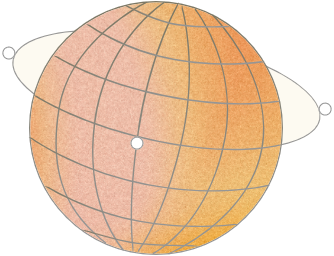Education for International Understanding

Education for international understanding is usually premised on the idea that people of different nationalities or ethnicities can understand one another. However, I would like to back up and start with the question of whether it is possible to understand different people, cultures, and ethnic groups.
The United Nations General Assembly declared 2000 the International Year for the Culture of Peace and 2001-2010 the International Decade for a Culture of Peace and Non-violence for the Children of the World. The context for this was the wish of UNESCO and other international institutions to move from a 20th century marked by war and violence to a 21st century of peace and nonviolence.
However, as we know, ironically, the simultaneous terrorist attacks in the United States occurred only two years after these declarations. What the terrorist attacks suggest is that there are clear gaps between ethnic groups and that understanding other people and being understood by them can be a fundamentally hopeless and difficult endeavor.
In the context of the current international situation, the existence of “other people that one can understand” is not a given for education for international understanding.
Thus, one needs a framework that incorporates a gap between oneself and others and the ineffectiveness of communication as a tool. One must go beyond activities promoting the understanding of foreign countries or introduction of foreign cultures currently emphasized in education for international understanding; the aim should not be to “understand” other countries, ethnicities and cultures, but to develop the thought processes and attitudes necessary to handle situations effectively in which understanding is not possible.
With this aim in our minds, we have recently launched a new collaborative school project between schools in China and Japan, initiated by the Japan Association for International Education. In the project, students in primary and secondary schools in both countries are given the same questionnaire concerning their daily lives, and compare their answers to know whether they can understand the others’ reactions and ways of thinking. Project reports will be first published in Japanese after going through an experimental phase.

